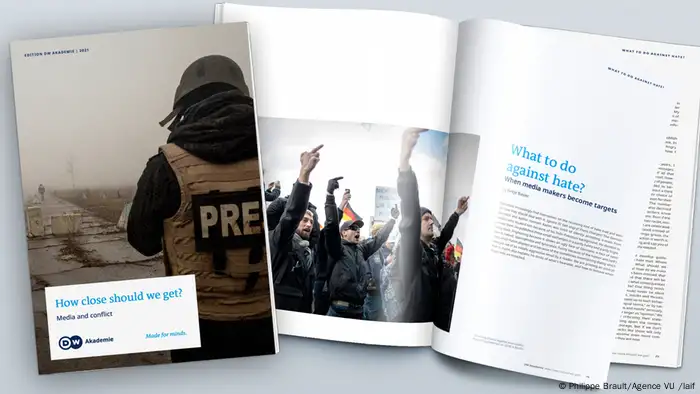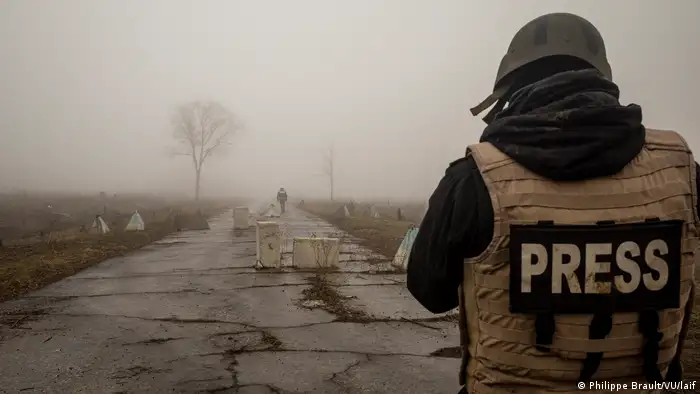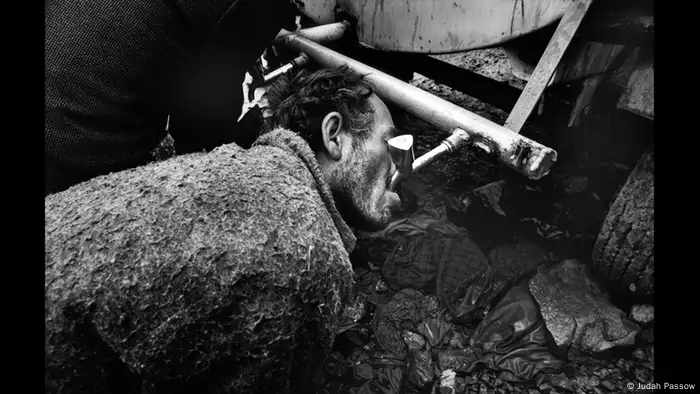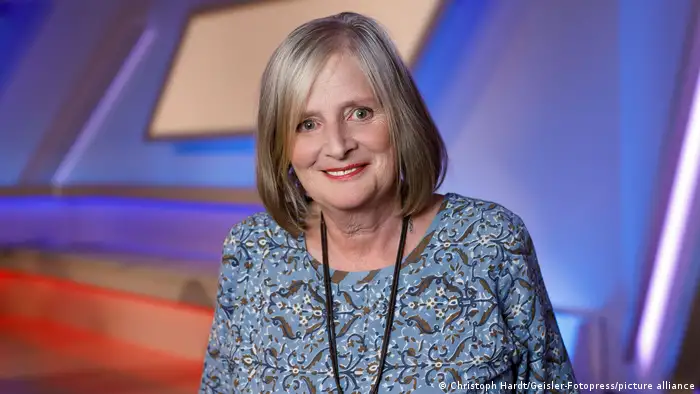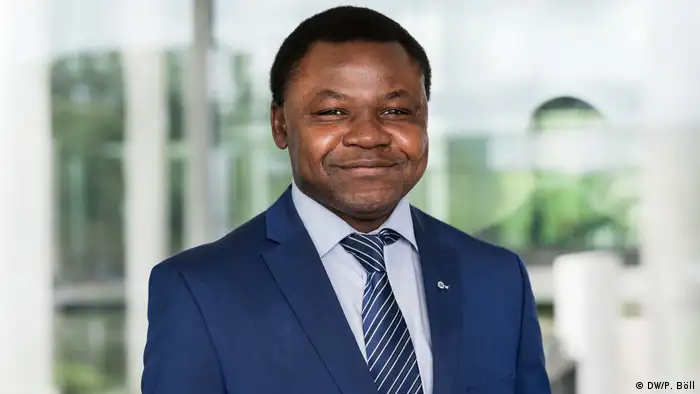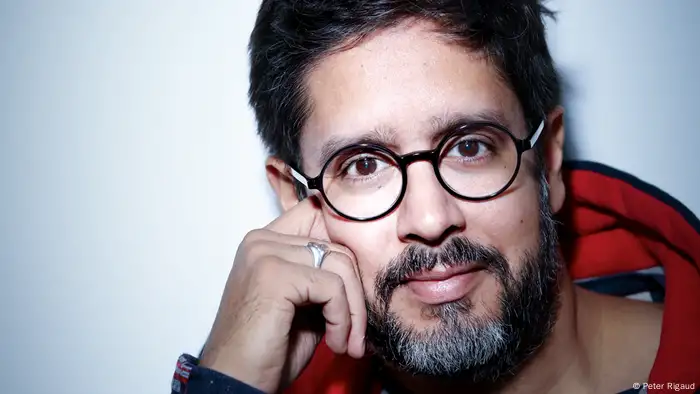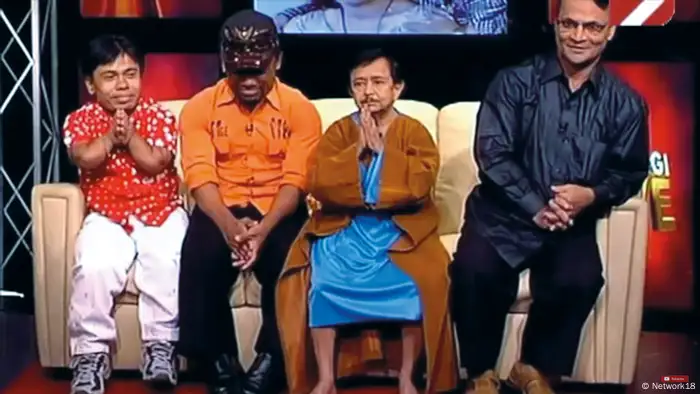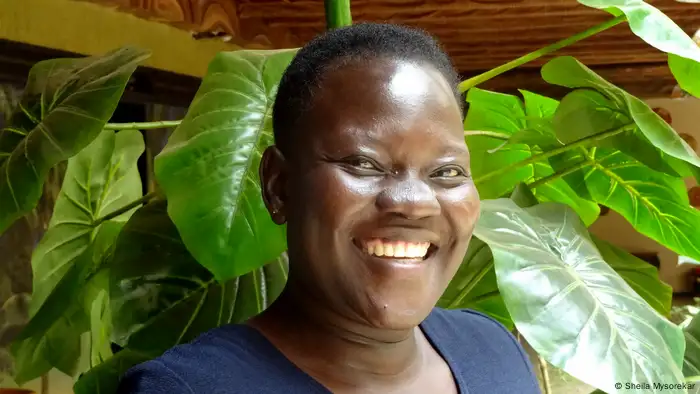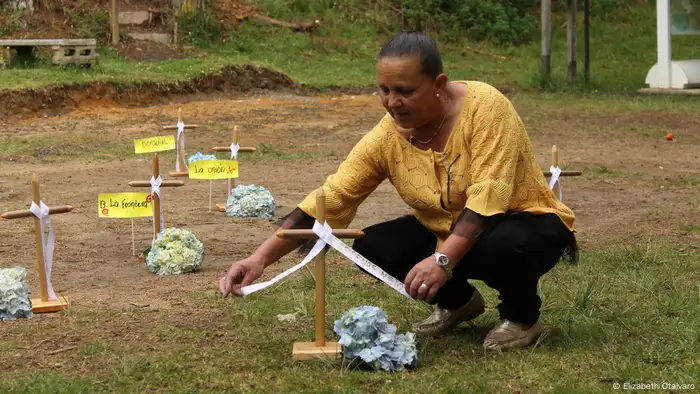Empathetically, objectively, or aggressively: Media depict conflict in different ways. But their role is always an important one. Be it journalists, bloggers, YouTubers or citizen journalists – through their reports or posts, they all can either exacerbate conflict or contribute to more mutual understanding.
Those working in media face plenty of challenges when it comes to handling issues around conflict more sensitively. In some countries, these difficulties could include forced or unsolicited loyalty, a lack of information, or physical and psychological threats. In others, challenges could arise from prejudice fostered by excessive homogeneity in newsrooms, or a lack of consciousness for the limits of certain views.
-
How close should we get? Media and conflict
What is conflict-sensitive journalism?
Media are often part of the problem and not part of the solution. Consciously or unconsciously, they exacerbate conflicts. Conflict-sensitive journalism focuses on reporting on conflicts without fomenting hate, initiating debates without polarizing them and promoting broad social dialogue.
-
How close should we get? Media and conflict
More diversity in editorial offices!
Skin color, gender, sexuality, religion, disability: These are the different characteristics that supposedly make up the majority of society. Yet they are often perceived as minorities and are usually underrepresented in the media. Where editorial offices are homogeneous – in Germany they are majority white and male – their respective worldview ultimately also determines that of the media users.
-
How close should we get? Media and conflict
The power of images
London-based photographer Judah Passow needs three things when doing his job: patience, proximity and trust. For him, photography should not depict the surface of a conflict, but its essence and should make clear who is suffering as a result. Documenting sheer death and destruction is often ethically questionable and does not help in fostering a better understand of the conflict.
-
How close should we get? Media and conflict
"The image of the war reporter as a lone wolf is a cliché,"
says German journalist Bettina Gaus. She worked as a correspondent in Africa for a long time and is familiar with the problem of helicopter journalism when journalists travel to conflict areas for a few days and are mostly accompanied by non-governmental organizations or the military. This shapes the reporting and makes it impossible to get a differentiated view of the reality on the ground.
-
How close should we get? Media and conflict
"Censorship, self-censorship and political activism"
These are the three constants of journalistic reporting in Chad, says DW editor Éric Topona Mocnga. He sees social media as an opportunity to counter the power of the elites in his home country as it can be used as a forum where journalists can criticize the government more easily than in the traditional media.
-
How close should we get? Media and conflict
"Nowadays, people stand by their hatred"
This quote is from German journalist Hasnain Kazim. As the son of Pakistani-Indian parents, he has been repeatedly exposed to online abuse. Of the many racist e-mails he receives, more and more bear the name and address of the person writing them. Kazim responds to these hate mails – often with subtle irony and intelligent debunking – in the hope that the writers will confront their prejudices.
-
How close should we get? Media and conflict
Television as a social medium: Social acceptance through TV programs
Society in India is very conservative. Minorities – e.g. LGBTQ or people with disabilities – are discriminated against in public. They are not taken seriously, their voices are not heard, their concerns are taboo. Popular TV shows take up these supposed taboo topics in order to make minorities visible and promote the social acceptance of marginalized groups.
-
How close should we get? Media and conflict
Overcoming borders and building bridges
In Uganda, conflicts often arise between South Sudanese refugees and the local population. There is both a lack of resources and a common language. DW Akademie supports the Cross Border Network of more than 20 radio stations in Uganda and South Sudan. "We want to use our reporting to promote peaceful coexistence," says Jane Angom, Ugandan network coordinator.
-
How close should we get? Media and conflict
YouTube: Ruthless battle for clicks
In Serbia, YouTube is a fiercely competitive market where clicks mean money. YouTubers, supported by DW Akademie, are using their music to counter the lurid, offensive and often discriminatory content that proliferates on the platform. This has been a challenge but also an opportunity to draw attention to hate speech, cyber bullying and sexism.
-
How close should we get? Media and conflict
When pain unites
More than 200,000 people died in Colombia's decades-long civil war and many communities remain deeply divided. How can the commemoration of both sides succeed without further deepening the rifts of the past and how can reconciliation shape the future? Together with the Universidad de Antioquia in Medellín, DW Akademie promotes conflict-sensitive reconciliation through the media.
-
How close should we get? Media and conflict
The pain of witnessing suffering
Journalists in crisis areas often pay a high personal price. They are often traumatized by experiences during their work. However, talking about their own psychological suffering is still considered taboo in many places. In Pakistan, the organization Individualland, with the support of DW Akademie, runs a trauma center where those affected receive counseling and treatment.
-
How close should we get? Media and conflict
Not a textbook, but a reader
The DW Akademie publication features an impressive collection of reports, interviews and photos that reveal the struggles journalists around the world face when doing their jobs. The focus is on the question of which options there are for reporting without further fueling conflict. "How close should we get? Media and conflict" is published in English and is available for download below.
In DW Akademie’s 'How close should we get. Media and conflict', authors from around the world approach the question of how media workers can cover conflict better. This includes reflections on how to cope with the deluge of hatred online and on how to deal with trauma.
Rather than academic, analytical texts, the publication is made up of thoughtfully written, carefully illustrated and often personal pieces. Readers are invited to reflect on the examples they encounter, and perhaps think differently about how media portray conflict.

